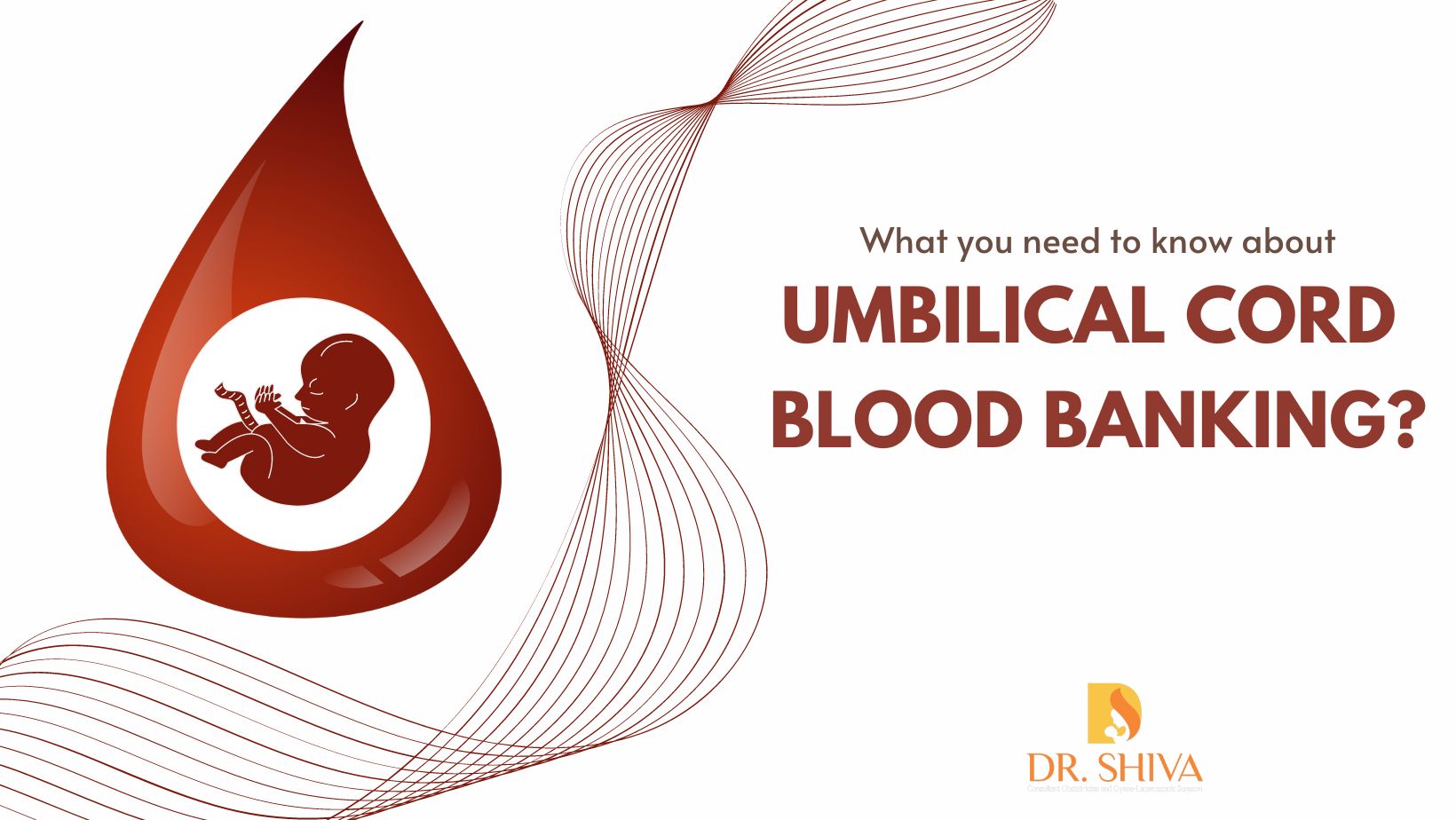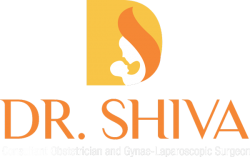
Cord blood is the blood left in the umbilical cord and placenta after the baby is delivered. This blood is rich in blood-forming stem cells called hematopoietic stem cells like the ones found in the bone marrow. But the amount of stem cells present in the blood from the umbilical cord is ten times more than that present or collected from the bone marrow. These cells can be used to treat a variety of illnesses, including cancer. The cord blood needs to be collected immediately after birth. The method of preserving cord blood is known as cord blood banking.
Cord blood is preserved to be used in the future for the child in case any serious health issues may arise. Stem cells can be found in different parts of the body but are difficult to be collected hence this procedure is encouraged in case it becomes necessary in the future. The cord blood cannot be used for treating genetic disorders.
How is cord blood collected?
Once the baby has been delivered the blood must be collected in 15 minutes. It is a painless procedure. The umbilical cord will be clamped in two places at a 10-inch gap after the delivery and blood will be drawn and collected from this section into a sterile bag. A minimum of 40 mm of blood is collected. The collected blood will be stored in two separate cryogenic bags and preserved separately by freezing them in the cord blood bank. It can be stored for around 20 years.
The cord blood collection will not be advised or possible when
- It is premature delivery, as the amount of blood that can be collected will be less.
- Cord gets around the baby’s neck and must be cut due to an emergency to save the baby’s life
- Family history of transmissible infections
What is cord blood used for?
The cord blood stem cell can help replace the diseased cells with healthy new cells and to build the immune system. It can differentiate into nerve, bone, cardiac, skin cells, etc, and hence is very useful in regenerative medicine. More than 80 disorders, including leukemia, lymphoma, immune deficiencies, sickle cell anemia, immune and neurological disorders, Gaucher disease, etc can be treated with cord blood stem cells. Also, the chances of rejection of stem cells in cord blood is lesser as compared to those from bone marrow.
Can the cord blood be collected after c-sec delivery too?
Yes, the cord blood can be collected irrespective of the fact that it was a vaginal or c-sec delivery.
Will delayed clamping affect the process?
Delaying of clamping can be permitted only up to some time as prolonged delay will cause the blood to start clotting which in turn will affect the amount of blood that gets collected. The delay can be allowed only for a period of 1 – 3 minutes and not more than that. If perfectly timed, the delay in clamping will help the baby to benefit from it at the same time enable collection of enough cord blood that can be saved for the future.
Is it necessary to bank the baby’s cord blood?
To save the cord blood is a personal decision. The chances that a child may use their cord blood varies from 1 in 400 to 1 in 200,000. But the cord blood can be used for their ill sibling if required. Cord blood banking will be suggested if the –
- infant has a sibling who has a disease,
- family has a history of a disease that is treatable using the cord blood.
You will have to inform your doctor in advance if you have chosen to do cord blood banking. For more details kindly contact us.

Recent Comments